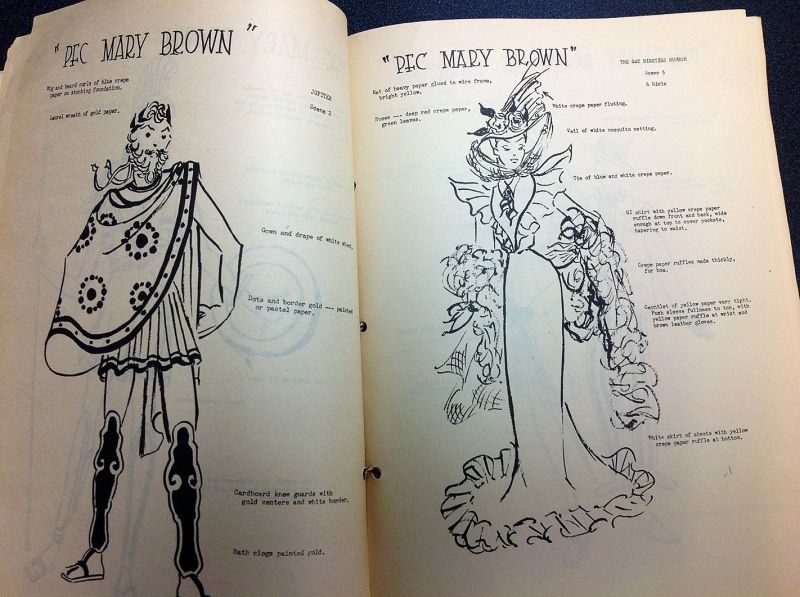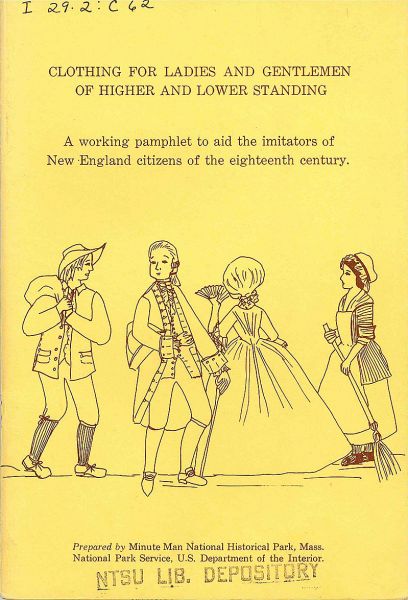Are you looking for a unique idea for a Halloween costume this year? State and federal government agencies have some surprising resources for creating outfits ranging from the inexpensive to the elaborate.
Texas Endangered Species Animal Masks
The Texas Endangered Species Activity Book, published by the Texas Parks and Wildlife Department (TPWD), contains many fun activities and projects to teach children about several endangered species in Texas. There is a wheel that spins to reveal the stages of a toad’s metamorphosis; a whooping crane mobile; instructions for drawing a bobcat and ocelot; bird pictures to color; a cut-out bat that you can hang in a window or on a shelf; and many other activities, accompanied by facts about the animals.
Included among these projects is a role-playing game that includes patterns for a couple of animal face masks. Color them, cut them out, and attach a popsicle stick handle to hold them in front of your face masquerade-ball style, and in minutes you can be a black-footed ferret or a prairie dog. ane mobile; instructions for drawing a bobcat and ocelot; bird pictures to color; a cut-out bat that you can hang in a window or on a shelf; and many other activities, accompanied by facts about the animals.



The Texas Endangered Species Activity Book is available for checkout from the UNT Libraries Government Documents Department on the Third Floor of Willis Library. An electronic version in PDF format can be downloaded from the Texas Parks and Wildlife Web site.
Many more endangered species animal masks can be downloaded from the TPWD Publications for Kids page. There’s even a salamander hat!
U.S. Army “Blueprint Specials”
During World War II, the Special Services Division of the U.S. Army provided soldiers with do-it-yourself entertainment kits called “Blueprint Specials,” which contained a script, lyrics, music, dance routines, and detailed instructions for building sets, props, and costumes out of Army surplus, waste, and salvage materials — everything soldiers needed to create a musical variety show. These kits provided an early glimpse into the careers of such show-biz luminaries as Frank Loesser, Alex North, and José Limón.
The costume designs in these kits can still provide a handy guide to creating inexpensive outfits from T-shirts, crepe paper, and discarded clothing, although sometimes they may assume you have bits and pieces of WWII Army uniforms lying around! Because the casts of these shows were all-male or all-female (one Blueprint Special, P.F.C. Mary Brown, was written especially for the Women’s Army Corps), many of the costume designs provide opportunities for cross-dressing.
![Hi, Yank! [cover illustration]](http://blogs.library.unt.edu/untdocsblog/wp-content/uploads/sites/migrated/7/hi-yank.jpg)

The UNT Libraries Government Documents Department has three Blueprint Specials that can be requested from Documents Reserve:
A Guide to Colonial Dress
Halloween costumes are usually meant for fun and by their nature are usually worn once and then discarded, so they rarely aspire to any degree of historical authenticity. If you are feeling especially ambitious, however, Clothing for Ladies and Gentlemen of Higher and Lower Standing: A Working Pamphlet to Aid the Imitators of New England Citizens of the Eighteenth Century is a tiny pamphlet that is packed with information.
And these outfits are not necessarily as difficult to make as they might seem at first glance — as the author explains, citizens living during this era had practical methods for constructing their wardrobe that are sometimes simpler than more modern techniques, even though their clothes may seem much more elaborate to us. The book has detailed instructions for creating several specific items of clothing, and also has some interesting advice for locating information about 18th century dress in primary sources. For example, newspaper announcements of missing persons often had detailed lists of what a person was wearing at the time he or she went missing.
By following the detailed instructions here, you can learn how to craft an 18th century style gown or jacket and breeches that is so accurate you might be mistaken for the ghost of Betsy Ross!



Clothing for Ladies and Gentlemen of Higher and Lower Standing is available for checkout from the UNT Libraries Government Documents Department on the Third Floor of Willis Library. An electronic version is available online at the Internet Archive.
These are just a few of the many government documents that can provide inspiration for your next costume. What are you planning to dress up as this Halloween?
Entry written by Bobby Griffith


 Researching statistics can be an intimidating task. Where do you begin looking for reliable data out of the vast number of sources available on the Internet and in the library? And what do you do with that data after you’ve found it? If you’re feeling overwhelmed, here is an excellent place to begin your statistical research.
Researching statistics can be an intimidating task. Where do you begin looking for reliable data out of the vast number of sources available on the Internet and in the library? And what do you do with that data after you’ve found it? If you’re feeling overwhelmed, here is an excellent place to begin your statistical research.



![Hi, Yank! [cover illustration]](http://blogs.library.unt.edu/untdocsblog/wp-content/uploads/sites/migrated/7/hi-yank.jpg)




